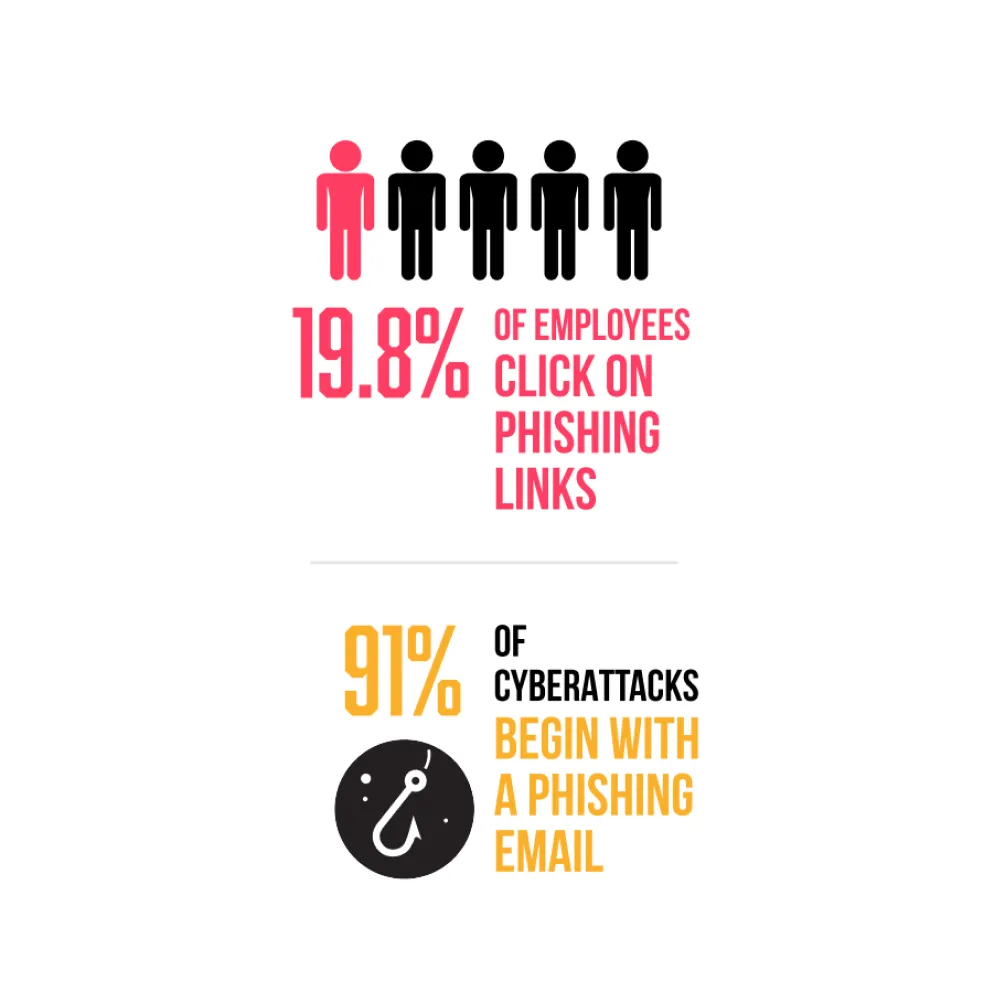In today’s fast-paced business world, network security has become a top priority for modern businesses. With the constant rise of cyber threats, it is essential to take all necessary precautions to protect sensitive data and maintain business continuity. Every minute, hundreds of new threats are unleashed against businesses worldwide, making it imperative for companies of all sizes to implement robust security protocols and stay vigilant against potential risks. Consult with IT Consulting Little Rock specialists to prioritize network security in the business.
Although complete protection against data loss or theft is impossible, businesses can mitigate the impact of network attacks by following a few ways for their infrastructure’s setup, maintenance, and management. A few of these ways to secure network infrastructure include:
6 Ways to Secure Your Network Infrastructure
1. Run a Network Security Audit
One of the best practices for network security is performing a security audit as businesses face many risks associated with hacking. By conducting a penetration test, you can identify vulnerabilities that hackers might exploit to gain unauthorized access to your network and steal your data. A vulnerability scan is also recommended as it provides detailed information on potential vulnerabilities on your network, although it does not attempt to exploit them.
By conducting a thorough network scan or audit, you can uncover potential security vulnerabilities and understand your network’s current state, including all connected servers and assets. This knowledge will enable you to develop practical solutions to enhance the security of your network.
2. Conduct Regular Software Updates
With the continuous advancements in technology and devices, hackers are also improving their games by exploiting flaws and discrepancies in outdated software. Alarmingly, unpatched vulnerabilities have been the cause of numerous data breaches, highlighting the need for timely software updates and security measures.
To keep your network secure, staying on top of software updates and patches is crucial. By patching up and updating your software, you can prevent the exploitation of unknown vulnerabilities in proprietary or in-house apps.
3. Implement Network Segmentation and Segregation Strategies
Securing a large unsegmented network can be daunting, especially when it comes to setting up firewall policies and managing traffic flow. However, by segmenting your network into smaller, more manageable chunks and establishing trust zones, you can simplify network management while reducing the risks and impact of a potential security breach. In addition, by isolating different areas of your network, you can contain security incidents and prevent them from spreading to other parts of your infrastructure.
Unsegmented networks can lead to a larger attack surface, allowing potential hackers to move laterally through the network and gain access to critical business data. In such scenarios, a breach can evade detection due to the enormity of the network. However, implementing network segmentation and segregation can prove beneficial, as it allows you to control traffic flow within your environment.
4. Go Multi-factor Authentication
It is widely accepted that multi-factor authentication (MFA) is an essential security measure for most systems. In addition, using MFA significantly elevates the difficulty of unauthorized access, making it an optimal solution for businesses seeking to bolster their security infrastructure.
It is important to note that compromising the network can compromise all applications, resulting in an unwarranted breach. Thus, MFA is equally imperative for virtual banking applications and overall network infrastructure.
5. Limit Access to Your Network
One critical aspect of securing business infrastructure is implementing account-per-person access management. Restricting access to those who truly require it is nearly impossible without this system. An audit of accounts with access to the network infrastructure often reveals accounts associated with individuals who no longer require access due to a change in their job role. Furthermore, these audits frequently uncover active accounts linked to former employees, which can pose a significant security risk.
To ensure the security of your company’s IT systems, empowered accounts must be audited regularly. Therefore, it is essential to create a standard process that requires the review of all accounts associated with a position whenever it is filled or vacated. Additionally, disabling empowered accounts whenever a person leaves the company is crucial in preventing unauthorized access to sensitive data. By implementing these procedures, businesses can maintain an organized and secure network infrastructure.
6. Devising and Enforcing an IT Policy
One critical aspect of securing business infrastructure is implementing account-per-person access management. Restricting access to those who truly require it is nearly impossible without this system. An audit of accounts with access to the network infrastructure often reveals accounts associated with individuals who no longer require access due to a change in their job role. Furthermore, these audits frequently uncover active accounts linked to former employees, which can pose a significant security risk.
To ensure the security of your company’s IT systems, empowered accounts must be audited regularly. Therefore, it is essential to create a standard process that requires the review of all accounts associated with a position whenever it is filled or vacated. Additionally, disabling empowered accounts whenever a person leaves the company is crucial in preventing unauthorized access to sensitive data. By implementing these procedures, businesses can maintain an organized and secure network infrastructure.
Conclusion
Securing your network infrastructure is crucial in safeguarding your business from cyber threats. By implementing these six best network security practices, you can proactively ensure your network is fully protected and your valuable data remains secure. In addition, it’s important to remember that regularly reviewing and updating your security measures is vital to staying ahead of potential threats. If you want to consider the security of your network infrastructure, contact our IT Support Monroe experts.


